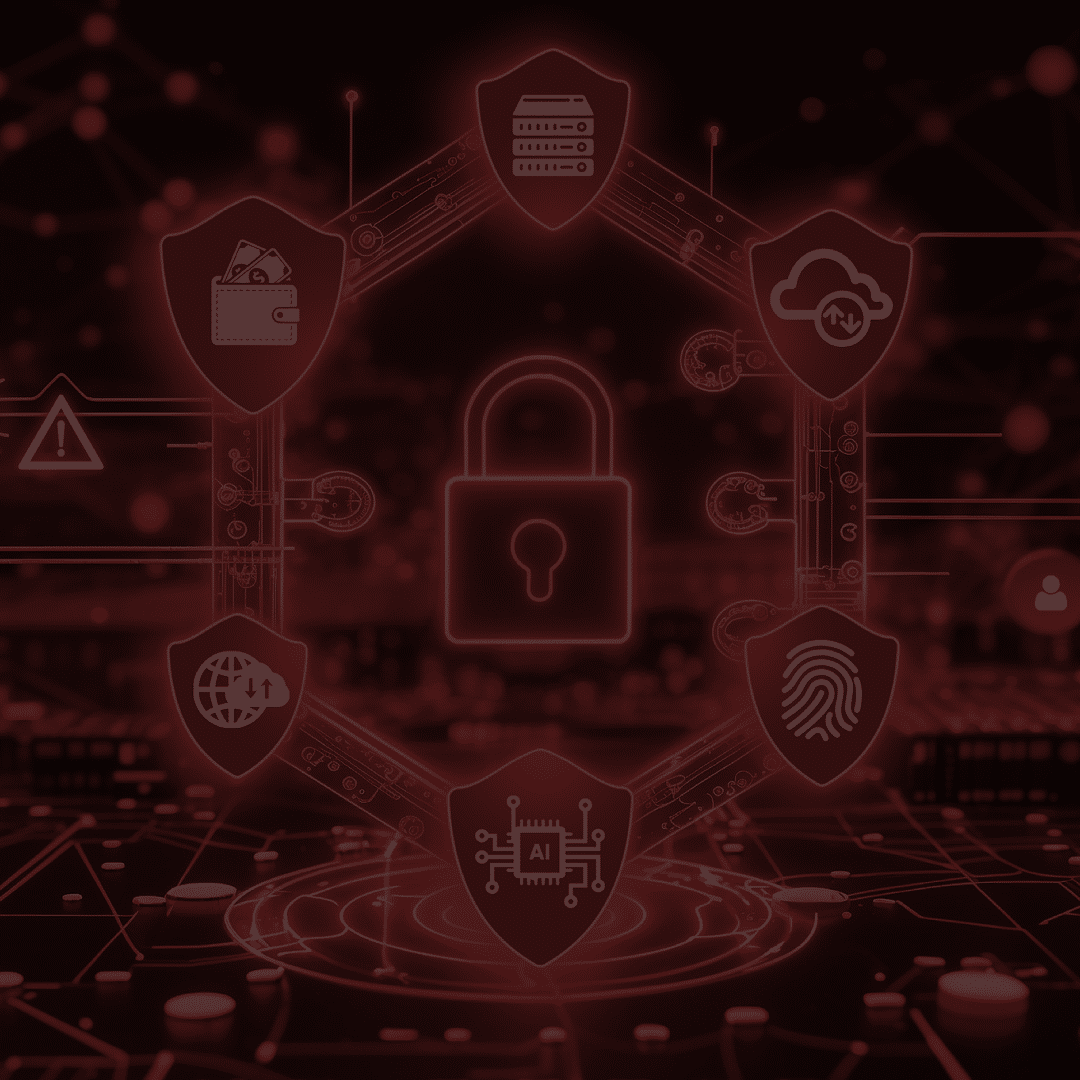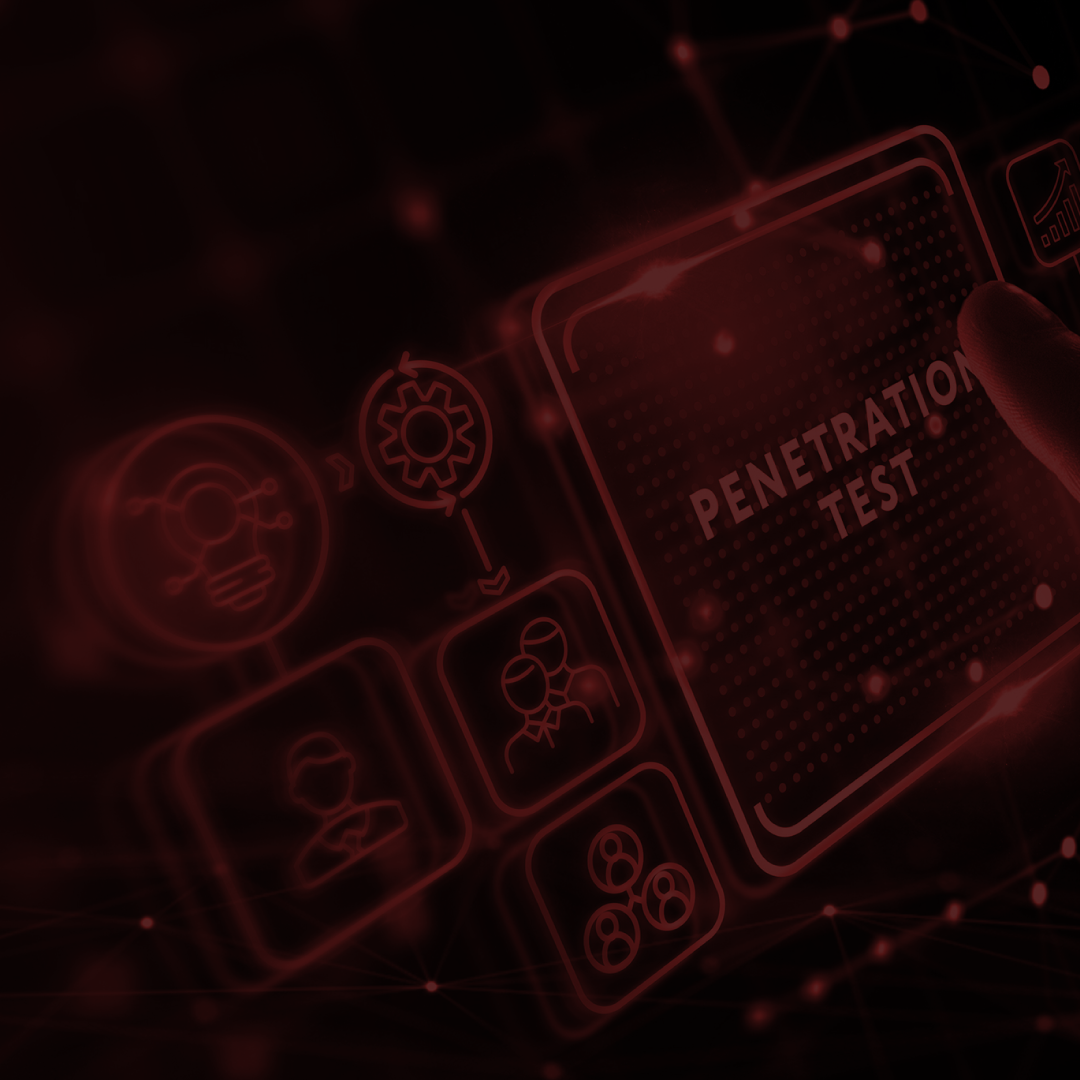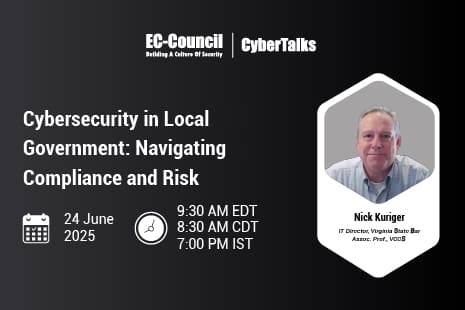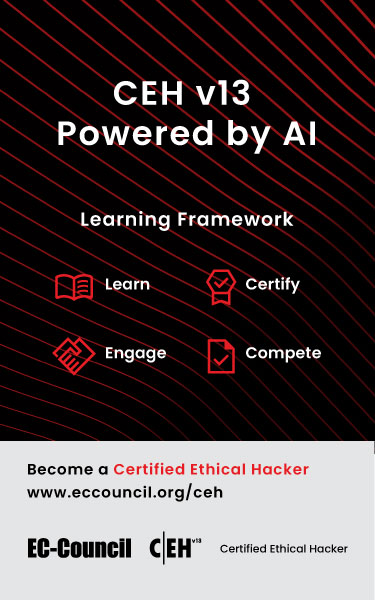Since the early days of computing, ethical hackers have used enumeration to access systems and networks. Enumeration is the process of systematically probing a target for information, and it remains an essential tool in the hacker’s arsenal. Enumeration can provide attackers with a roadmap to entering a system by identifying open ports, usernames, and passwords.
While many commercial tools are available for enumeration, knowing how to use basic command-line tools can be just as effective. This blog post will look at some of the most common enumeration techniques and discuss how they can be used in ethical hacking.
Enumeration in Ethical Hacking
Enumeration is extracting a system’s valid usernames, machine names, share names, directory names, and other information. It is a key component of ethical hacking and penetration testing, as it can provide attackers with a wealth of information that can be used to exploit vulnerabilities. It can also be defined as collecting detailed information about the target systems, such as operating and network infrastructure details. Enumeration can be used in both an offensive and defensive manner.
Enumeration is one of the most important steps in ethical hacking because it gives hackers the necessary information to launch an attack. For example, hackers who want to crack passwords need to know the usernames of valid users on that system. Enumerating the target system can extract this information (CrashTestSecurity.com, 2022).
Enumeration can be used to gather any of the following information:
- Operating system details
- Network infrastructure details
- Usernames of valid users
- Machine names
- Share names
- Directory names
- Printer names
- Web server details
Why Is Enumeration Important?
Enumeration lets you understand what devices are on your network, where they are located, and what services they offer. To put it simply, enumeration can be used to find security vulnerabilities within systems and networks. By conducting an enumeration scan, you can see what ports are open on devices, which ones have access to specific services, and what type of information is being transmitted. This information can then be used to exploit weaknesses and gain unauthorized access.
Carrying out an enumeration scan requires both time and patience. However, it’s a crucial step in the hacking process as it allows you to gather intelligence about your target. Enumeration can be performed manually or with automated tools. Whichever method you choose, it’s important to be thorough in your scan to maximize the amount of information you can collect.
Techniques for Enumeration
When it comes to network security, enumeration is key. By enumerating a system, you can gain a better understanding of that system and how it works. This knowledge can then be used to exploit vulnerabilities and gain access to sensitive data.
Several techniques can be used for enumeration, and your method will depend on the type of system you are targeting. The most common methods include email IDs and usernames, default passwords, and DNS zone transfer.
- Using email IDs and usernames is a great way to gather information about a system. You can use this information to brute force passwords or gain access to sensitive data. Default passwords are another common method of enumeration.
- By using default passwords, you can gain access to systems that have not been properly configured.
- DNS zone transfer is a technique that can be used to expose topological information. This information can be used to identify potential targets for attack.
Understanding the techniques available for enumeration can better protect your systems from attack.
Process of Enumeration
Enumeration is the process of identifying all hosts on a network. This can be done in several ways, but active and passive scanning is the most common method. Active scanning involves sending out requests and analyzing the responses to determine which hosts are active on the network. Passive scanning involves listening to traffic and then analyzing it to identify hosts.
Both methods have their advantages and disadvantages. Active scanning is more likely to identify all hosts on a network, but it is also more likely to cause disruptions because it generates a lot of traffic. Passive scanning is less likely to identify all hosts, but it is also less likely to cause disruptions because it does not generate any traffic.
The Types of Enumeration
There are many different types of enumeration. The most appropriate type will depend on the situation and the required information:
- NetBIOS Enumeration: NetBIOS is a protocol that allows devices on a network to share resources and communicate with each other. NetBIOS enumeration is querying a device to identify what NetBIOS resources are available. This can be done using tools like nbtstat and net view.
- SNMP Enumeration: SNMP is a protocol that allows devices to be managed and monitored remotely. SNMP enumeration is querying a device to identify what SNMP resources are available. This can be done using tools like SNMP-check and snmpwalk.
- LDAP Enumeration: LDAP is a protocol that allows devices on a network to share information about users and resources. LDAP enumeration is querying a device to identify what LDAP resources are available. This can be done using tools like ldapsearch and ldapenum.
- NTP Enumeration: NTP is a protocol that allows devices on a network to synchronize their clocks with each other. NTP enumeration is querying a device to identify what NTP resources are available. This can be done using tools like Nmap and PRTG Network Monitor (CrashTestSecurity.com, 2022).
Services and Ports to Enumerate
When conducting a penetration test or simply enumerating services on a target machine, knowing which ports are associated with it is often useful. This can be accomplished using a port scanner such as Nmap to scan for open ports on the target machine. Once you have a list of open ports, you can use a port lookup tool to determine which service runs on each port. This information can be extremely helpful when trying to identify potential attack vectors.
The following are some of the most commonly used services and their associated ports (Kulkarni, 2018):
- FTP – 21
- SSH – 22
- HTTP – 80
- HTTPS – 443
- SMTP – 25
- POP3 – 110
- IMAP – 143
- SNMP – 161
As you can see, various services can run on any given port. Knowing which service runs on which port when enumerating a target machine is helpful.
Enumeration, also known as information gathering, is the first phase of ethical hacking. To establish your career as an ethical hacker, you must know all the stages, tools, techniques, attack vectors, and surfaces to identify weak links. Getting certified with Ethical hacking course is one to validate your skills and knowledge as an ethical hacker. If you want to learn the latest commercial-grade hacking tools, techniques, and methodologies used by hackers and information security professionals, EC-Council’s Certified Ethical Hacker (C|EH) is a credible certification to pursue to build your skills and is one of the best ethical hacking courses.
Why Should You Pursue the Certified Ethical Hacker (C|EH)?
The CEH course will teach you everything you need to know about lawfully hacking an organization and how to use these skills to protect businesses from malicious attacks. In its 12th version, the C|EH v13 comes with a new learning framework—Learn, Certify, Engage, and Compete—to prepare learners for real-world experiences. You can also expand your knowledge in diverse areas such as foot printing, network scanning, system hacking, sniffing, session hijacking, and more.
Sign up today and start your journey with the Certified Ethical Hacker course.
References
CrashTestSecurity. (2022, May 9). What is enumeration in hacking? – cyber security blog. https://crashtest-security.com/enumeration-cyber-security/
Kulkarni K.V. (2018, October 4). 14 common network ports you should know. OpenSource. https://opensource.com/article/18/10/common-network-ports
About the Author
Ryan Clancy is a writer and blogger. With 5+ years of mechanical engineering experience, he’s passionate about all things engineering and tech. He also loves bringing engineering (especially mechanical) down to a level that everyone can understand. Ryan lives in New York City, and writes about everything engineering and tech.











